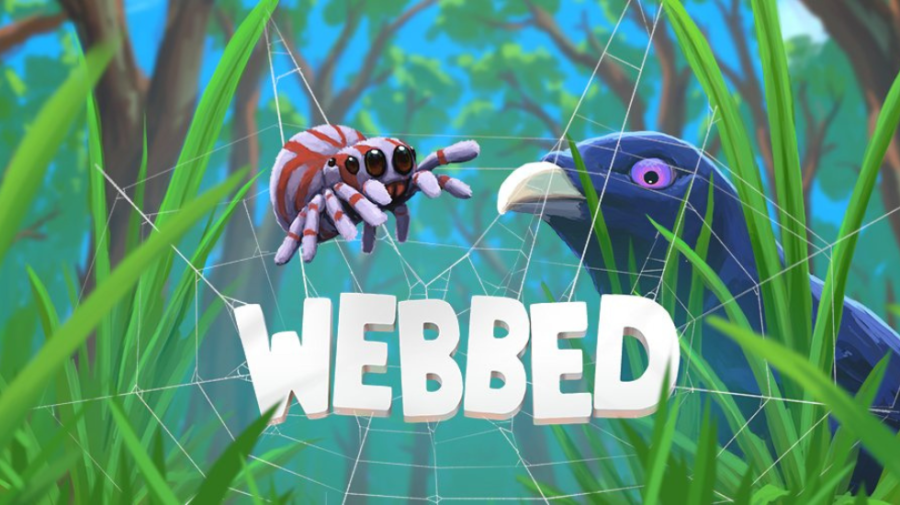Northeast of Hawaii, about 2,000 kilometers off of our west coast, lies a vortex of commingled trash twice the size of the state of Texas. No, it isn’t some kind of enormous landfill; it’s a floating garbage patch out in the middle of the Pacific Ocean.
You might be wondering how all that trash got there. Maybe you doubt it’s even possible. Have you ever thought about what happens to that litter on the side of the street?
According to the U.S. National Oceanic and Atmospheric Administration (NOAA), garbage discarded on the beach, near rivers or streams, and on the street or sidewalk may eventually end up in the ocean, and if it is made of plastic or some other kind of durable material, it’s bound to be there a while.
Greenpeace reported that of the more than 200 billion pounds of plastic objects produced annually, 10 percent of these items end up in the ocean. Such items are toothbrushes, disposable lighters, polythene plastic bags, bottles and containers, tires, polypropylene fishing net fragments, polyurethane foam pieces and more.
Some may think littering is a clever way to add coloring to the deep blue sea, but, according to Greenpeace International, this floating decoration is also the cause of death to more than one million seabirds and one hundred thousand marine mammals and sea turtles each year, which mistake small fragments for food and consume it, or become entangled in it.
This garbage gyre is primarily the product of people’s littering and illegal dumping, but some credit is given to fishing and shipping operations for their irresponsible waste disposal, as indicated by the NOAA.
Trash makes its way into the ocean via storm drains, rivers and streams by being blown into the water from the beach or carried into the water by rising tides.
Thirty percent of this trash is then carried out by ocean currents to the gyre, where clockwise-circulating water forces the floating trash into the gyre’s low-energy center. The other 70 percent sinks to the bottom of the ocean.
So, how is it we have such a problem with littering? Is it really that difficult to put garbage where it belongs – in the garbage bin? And recyclables – in the blue recycling bin? Not sure what a recyclable is? Look at the picture posted on the bin or read the label that says “Newspaper,” “Bottles & Cans” or “Aluminum.” And, no, that half-full 44-oz soda in paper cup and double cheeseburger with extra ketchup is not recyclable, so what is it doing in the recycling bin?
Maybe it has something to do with how detached we have become from nature.
Yes, nature. Haven’t heard that word in a while? It’s that thing people used to seek to recuperate from hectic life in the concrete jungle.
Perhaps many prefer, nowadays, to relax by spending quality time with their mind-numbing 72-inch high definition liquid crystal display television with 1,000-watt home theater surround sound speaker system.
If that’s what you want, then please, by all means, but don’t go out to nature and leave your filth there to ruin it for the rest of us who prefer fresh air, picturesque scenery and a moment of reclusion.
Let’s leave the natural world – natural – so that others can walk sandy beaches without getting cigarette butts stuck between their toes. Allow others to take pictures of wild flowers without having to clear beer can ornamentation out of the way. Respect your neighbor and your environment. You never know – you might also be doing your grandchildren a favor.
Dan Berger is the City Times copy chief







